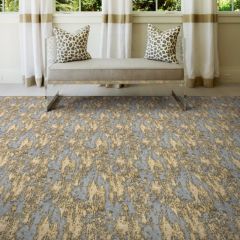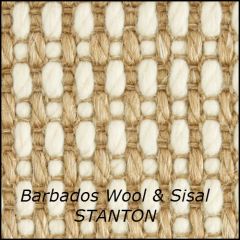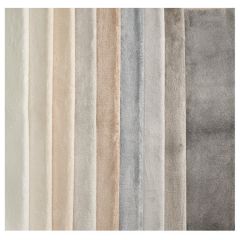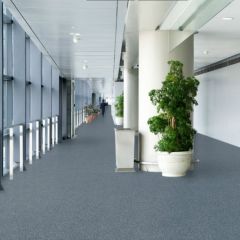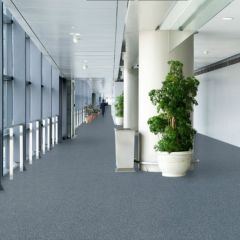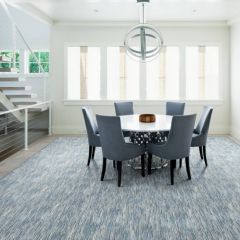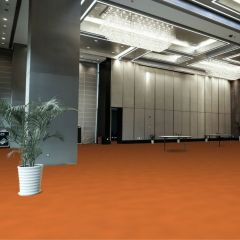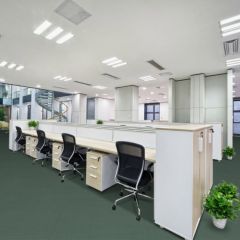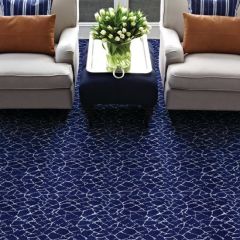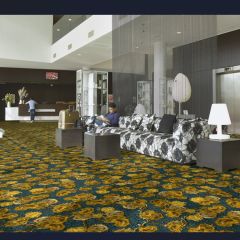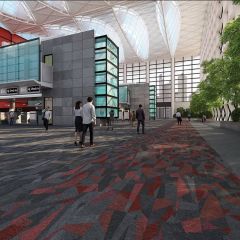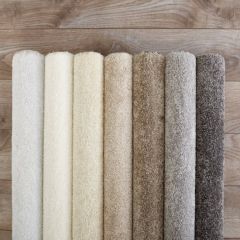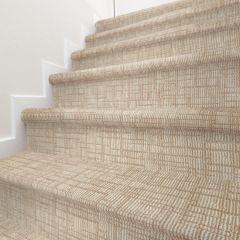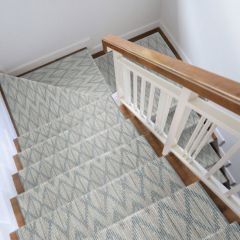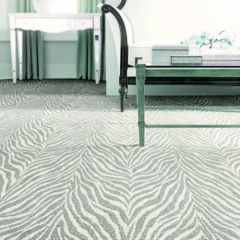Carpets
Carpet Store in Los Angeles
Wall to Wall Carpet
Wall-to-Wall carpeting has two-fold advantages in that, it dresses up the floor attractively and also protects it from excessive wear and tear. Wall-to-Wall carpets offer a cheaper flooring option to most high-quality tiles and are visually appealing, too. These carpets are available in natural fibers such as Wool and Silk, and synthetic (man-made) fibers such as Nylon, Polyester and Polypropylene. Modern manufacturing processes and development of man-made fibers have revolutionized the carpet industry. Synthetic carpets are available in wide range of colours and variety of textures.
Natural Advantages of Wool Carpets
SHAPE RETENTION: Natural elasticity of wool fiber allows it to stretch up to 40% beyond its original length and return to its original size. Wool carpet not only retains its shape, even under heavy traffic, but also resists furniture crush.
REPELS WATER AND STAINS: Wool fibers repel water and stains due to a unique membrane covering the fiber core. Water and other spills remain on the surface, repelling stains and allowing spills to be blotted up with a clean and dry white cloth.
EASY TO CLEAN: The natural membrane found on wool fibers also allows for ease in cleaning. The membrane prevents dirt and dust from sinking below the surface, permitting regular vacuuming to keep wool carpet looking clean and new.
FIRE SAFE: Wool carpet has many natural fire safe characteristics, including flame retardance, high ignition temperature, low flame spread and ability to self-extinguish.
NATURAL INSULATION: Wool carpet absorbs sound and reduces noise levels, as well as insulates the indoor environment against outside elements.
IMPROVES INDOOR AIR QUALITY: Wool naturally resists static and mildew – static by wool’s natural moisture retention up to 30%, and mildew by its naturally low pH. Wool also improves and maintains indoor air quality by absorbing contaminants without re-emitting them. Wool Carpet may very well be the "greenest" of floor coverings. Here's why:
1. Wool is the most SUSTAINABLE of flooring. Sheep grow wool, get it sheared, and re-grow the next batch in just a few months. Other "natural" flooring takes YEARS to grow back.
2. Wool is the most BIODEGRADABLE of flooring. Wool, decomposes quickly, and in fact, can actually be used as a fertilizer thereby returning its natural proteins to the land!
3. Wool is ALL NATURAL. Unlike synthetic carpets, wool uses no chemistry to become a beautiful floor. Sheep eat grass, and grow wool...can't be more natural than that!
4. Wool is the BEST at enhancing INDOOR AIR QUALITY. Did you know that a wool carpet installation has been PROVEN to actually CLEAN THE AIR? In fact, LEED has made a special designation for wool carpets.
Bottom line? There is no greener floor than wool carpet!
Carpet Tiles
Carpet tiles are the new innovation for home owners who may bored with their ordinary traditional carpets and feel so desperate with they have to make intensive cleaning process. So they interested in the new way of carpet cleaning. With its variety of surface, materials, pattern and styles, these characteristic enable carpet tiles draw a lot of attention and become popular very quickly.
Custom Area Rugs
What can an area rug do for your home? Just about anything! Area rugs are interior design necessities, as they can define, decorate, complement and emphasize room design and furniture. Take a look at any interior design magazine or decorator’s portfolio – nearly 90% of the rooms use area rugs to pull together the decor.
Carpet Dyeing
Dyeing is the process of coloring fiber, yarn or carpet with dyestuff. Coloration in carpet can be achieved at three possible times in the manufacturing process: during fiber development, before the carpet is tufted or before the secondary backing is applied.
The end use of the product will determine the type of dye method. Manufacturers can determine the most appropriate construction, dye method and backing to meet the performance requirements. For example, a specifier may be concerned about fading in a setting with large windows, so the manufacturer would recommend a solution-dyed product with superior colorfastness. If the specifier wants a wide variety of bright colors, the manufacturer might recommend yarn dyeing or space dyeing.
Different Dyeing Methods:
Pre-dyeing of yarn includes both solution dyeing and yarn dyeing.
Solution dye: Synthetic yarn that is extruded and the filaments are impregnated with pigment. Known for outstanding colorfastness.
Yarn dye: Yarn is dyed before carpet is manufactured. Yarn dyeing includes multicolor space dyeing and solid color yarn or skein dyeing.
Post-dyeing of carpet methods include: beck dyeing, printing and continuous dyeing.
Beck dye or Piece dye: With these methods, carpet is dyed “in a piece” using a large beck, or vat, of dyestuffs and water. This takes place after tufting but before other finishing processes.
Printing: Printing involves the application of colored dyestuffs using screens, rollers or inkjets onto the face of the carpet.
Continuous dye: Continuous dyeing involves the application of dyestuffs as the carpet moves in open width under the dye applicator. The process is called “continuous” because it can be used to dye an unlimited quantity of 12-foot wide carpets, sewn end to end. (This is most often used in residential carpet.)
Using Color and Pattern:
Floor coverings are one of the dominant fashion statements for an indoor setting. Colors and patterns in a carpet can create a distinctive atmosphere, serve a practical purpose, or send a message.
Within a facility, bright colors with contrasting highlights can differentiate department or team areas. An accent color on the floor can establish a break between the floor and the wall or stairway, and a printed or tufted pattern carpet can reinforce a corporate identity.
Color selection of carpet is as diverse as the imagination can provide. Quiet colors such as neutral earth colors or the blues of sky and water are chosen for a soothing effect or a corporate look. Warmer colors, reds, maize, and shades of orange are used for creating a mood of energy and vitality. Mid-range colors and multicolor blends are best for hiding soil near entrances. Many carpet manufacturers will also produce custom colors and constructions to meet individual specifications for design coordination.
So you decide what you want your carpet to do and how you want it to fit in with the overall look and feel of your environment. There will surely be many good options from which to choose.

